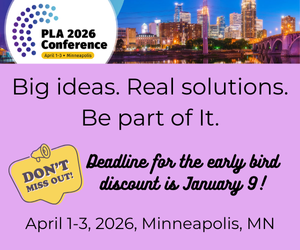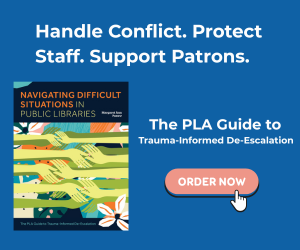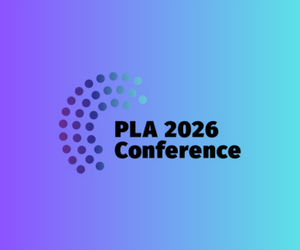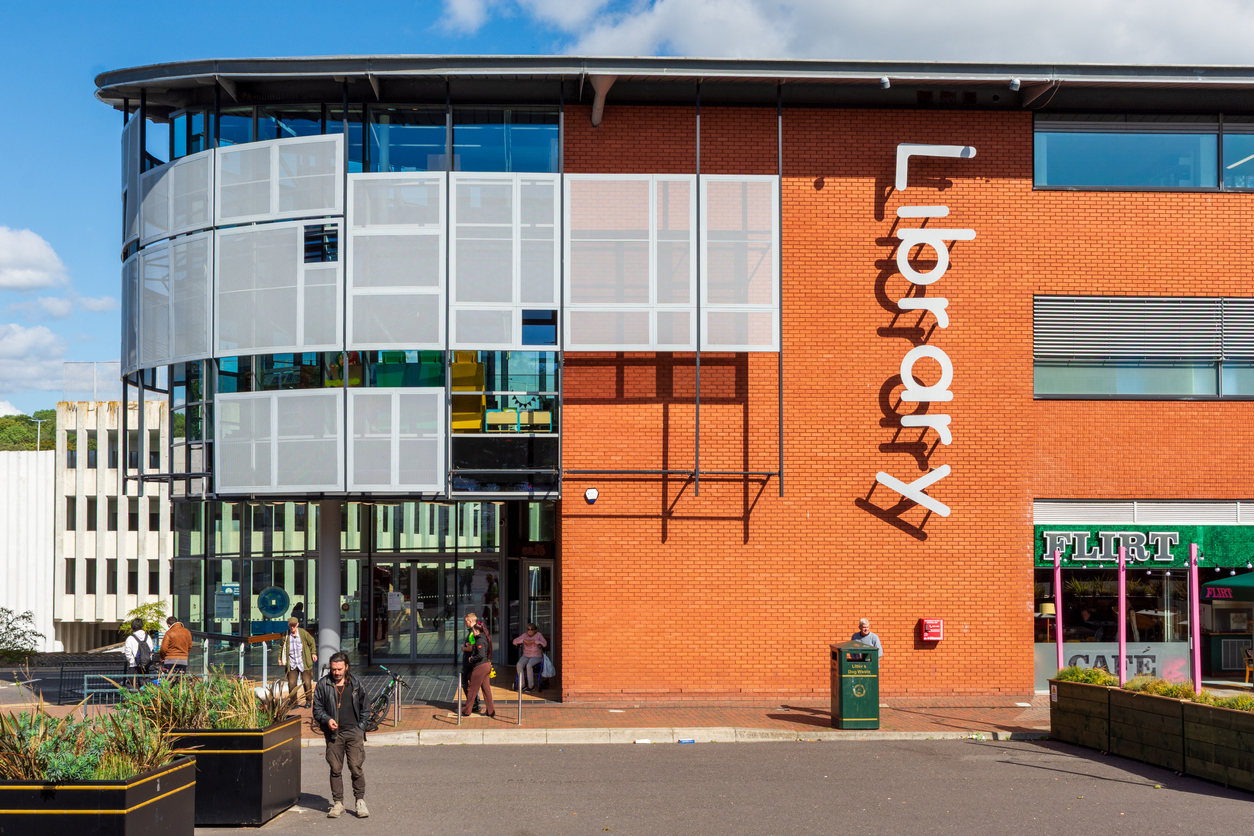Queer* Query LGBTQIA+ Health Resources in the Library
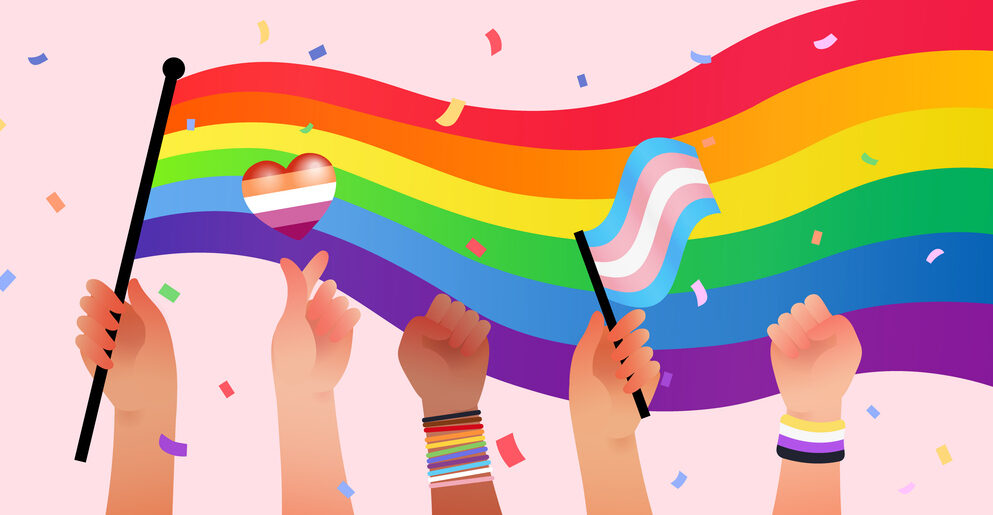
Public libraries are well-positioned to promote many of the goals set forth in Healthy People 2030. The five objectives outlined by the US Department of Health and Human Services (HHS) Office of Disease Prevention and Health Promotion (OASH) Healthy People 2030 are Health Conditions, Health Behaviors, Population Groups, Settings and Systems, and Social Determinants of Health. While every single one of these objectives is relevant to LGBTQIA+ health and well-being, the focus of this post is on 2 objectives: Population and Social Determinants of Health. The Population topic, LGBT (lesbian, gay, bisexual, and transgender), sets the goal to “improve the health, safety and well-being of lesbian, gay, bisexual, and transgender people” (Healthy People). It is important to note here that the terminology is not inclusive of all gender identities and sexual orientations. That said, it is a good place to start.
The Social Determinants of Health include Economic Stability, Education Access and Quality, Health care Access and Quality, Neighborhood and Built Environment, and Social and Community Context. The goal of the Social and Community Context topic is to “increase social and community support.” Positive interactions and supportive relationships at home, at work and in the community may help lessen the negative effects of discrimination and bullying.
In a climate, however, in which the introduction of anti-LGBTQ+ legislation is unprecedented, and challenges to materials with LGBTQ+ content is at an all-time high, this can be a daring pursuit in some communities. The topic of gender and LGBTQIA+ issues may be sensitive for some people. Social stigma, fear, or rejection is a real concern. Still, it is essential to bring awareness to these issues and create practices around addressing them.
Section B.2.1.12 of the ALA Library Bill of Rights entitled, ‘Diverse Collections,’ states “Library collections must represent the diversity of people and ideas in our society. There are many complex facets to any issue, and many contexts in which issues may be expressed, discussed, or interpreted. Librarians have an obligation to select and support access to content on all subjects that meet, as closely as possible, the needs, interests, and abilities of all persons in the community the library serves…” (ALA). This section in the ALA Bill of Rights highlights the responsibility of libraries to reduce systematic barriers within their communities. This can be done by providing a welcoming environment through a diverse library staff, educational programming, and providing access to an array of materials. For some in the LGBTQIA+ community, the library may be the only place to safely acquire information on LGBTQIA+ topics and health.
The purpose of the NNLM class ‘Beyond the Binary: Understanding LGBTQIA+ Health’ is to provide an introduction to LGBTQIA+ terminology, highlight some relevant health resources, and provide guidance on creating welcoming and inclusive spaces for LGBTQIA+ people in the library. As an expansion of the 1-hour webinar, NNLM also offers a periodic 4-week course on LGBTQIA+ Health Information & Resources. Both offerings are meant to be a starting place for understanding and engaging in conversations around gender identity, gender expression, sexual orientation, and biological sex assigned at birth. Because language is dynamic, terms may evolve, and new terms may be introduced as invisible identities and orientations become visible and named. *For instance, while “queer” has been reclaimed by many people in the LGBTQIA+ community, the term was once derogatory and offensive. Being aware of LGBTQIA+ terminology is a great start to creating an inclusive and welcoming environment. Training staff, reflecting the community your library serves, recognizing the risk and providing information for the public can help “increase social and community support.”
Health information is available from various authoritative sources, including MedlinePlus and PubMed. MedlinePlus has a topic page specifically on LGBTQIA+ Health, which provides general information for users who may not know where to start looking for information. It also includes links to information on finding a provider, questions to ask a provider, research, and journal articles. PubMed provides access to medical research citations on topics relevant to LGBTQIA+ populations.
A few NNLM-funded projects have taken on increasing health literacy and promoting health equity for LGBTQIA+ people in their communities in partnership with public libraries. For instance, the Bradbury-Sullivan LGBT Community Center partnered with 4 public libraries in Eastern Pennsylvania to offer LGBTQ-affirming health fairs, which included expert speakers on health topics of particular interest to LGBTQ participants. Other projects have focused on providing relevant collections to underserved populations.
Here are some tools and resources that will help increase your knowledge and better serve your diverse communities:
- NNLM Webinar Beyond the Binary: Understanding LGBTQIA+ Health
The next offering of this class is June 12, 2024, 3:00-4:00 PM ET. There is no cost for this webinar. - Safe Zone Project Curriculum This free downloadable curriculum is useful for starting conversations around LGBTQIA+ topics. The curriculum is not updated regularly, so, if you offer it, you may want to consider including resources with updated language.
- Trevor Project
The Trevor Project provides education, support, and suicide prevention services to LGBTQIA+ youth. - Queer Liberation Library
This free digital library resource provides access to LGBTQ+ literature and information through Libby.\ - LGBTQ+ Healthcare Directory
This is a free searchable database of providers who are knowledgeable and sensitive to the specific health needs of LGBTQ+ individuals. The site is hosted by GLMA. - It Gets Better Project – Glossary
This site provides a glossary of terms, some of which include videos of people who define themselves using this language. - Human Rights Campaign Glossary of Terms
- GLAAD Ally’s Guide to Terminology
References
HHS OASH. (n.d.). Social and Community Context. Healthy People 2030. https://health.gov/healthypeople/objectives-and-data/browse-objectives/social-and-community-context
HHS OASH. (n.d.). LGBT. Healthy People 2030. https://health.gov/healthypeople/objectives-and-data/browse-objectives/lgbt
American Library Association (ALA). (n.d.). B.2 Intellectual Freedom (Old Number 53). ALA Policy Manual. https://www.ala.org/aboutala/governance/policymanual/updatedpolicymanual/section2/53intellfreedom?53.12#B.2.12
Tags: lgbtqia+health, lgbtqia+publiclibrary, lgbtqia+referenceservices

